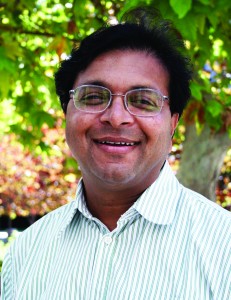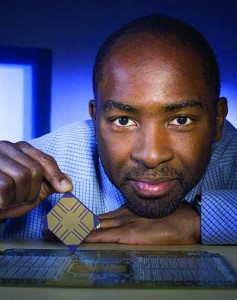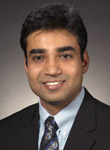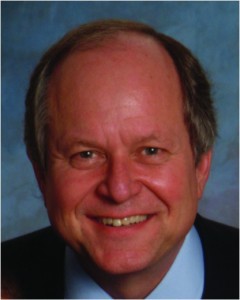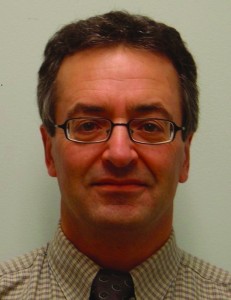
Integration and Operation of Microgrids in the Smart Grid
Speaker: Reza Iravani, Founder and Coordinator of the Centre for Applied Power Electronics and Professor, The Edward S. Rogers Sr. Department of Electrical and Computer Engineering, University of Toronto
Date: December 5, 2011
Time: 1:10 p.m.
Location: Alliant Energy – Lee Liu Auditorium, Howe Hall
Abstract: Environmental issues of central power plants, aging infrastructure, rapid technological developments of renewable resources, and the potential proliferation of plug-in electric vehicles have created the conditions for the utility power industry to consider the concept of “smart grid” to address the challenges of electric power systems. The smart grid integrates information and communication technologies, and advances control, protection, and power management strategies to improve grid performance, reduce address environmental impacts, respond to the rising electricity demand based on sustainability, and enable interactions among stakeholders.
This presentation provides a new perspective for migration from the conventional grid to the smart grid, and elaborates on the concepts, technologies, and R&D requirements, with an emphasis on the microgrid as a building block. This view of smart grid virtually divided the grid into multiple zones where the majority of zones are of “smart microgrid” type. The microgrids and the other zones within the smart grid can interact with each other and collectively respond to the operational needs of the encompassing smart grid. This talk provides definitions of smart grid, microgrid, and intelligent microgrid; elaborates on the technologies and concepts to realize such entities; describes operational bphilosophy, control, and energy management strategies for their realization; and highlights some of the barriers.
Speaker biography: Iravani received his Bachelor of Science degree in 1976 in Tehran, Iran, and worked as a consultant for the power utility industry until 1979. He received his master’s and PhD degrees from the University of Manitoba, Canada. Iravani currently serves as a professor in The Edward S. Rogers, Sr. Department of Electrical and Computer Engineering at the University of Toronto, Canada. Iravani is the founder and coordinator of the Centre for Applied Power Electronics at the University of Toronto, through which he leads R&D activities for a group of 25 research engineers, graduate students, and postdoctoral fellows, related to grid integration of wind and solar-photovoltaic power plants, grid integration of distributed energy resources, and control and operation of high-voltage direct-current converters.
